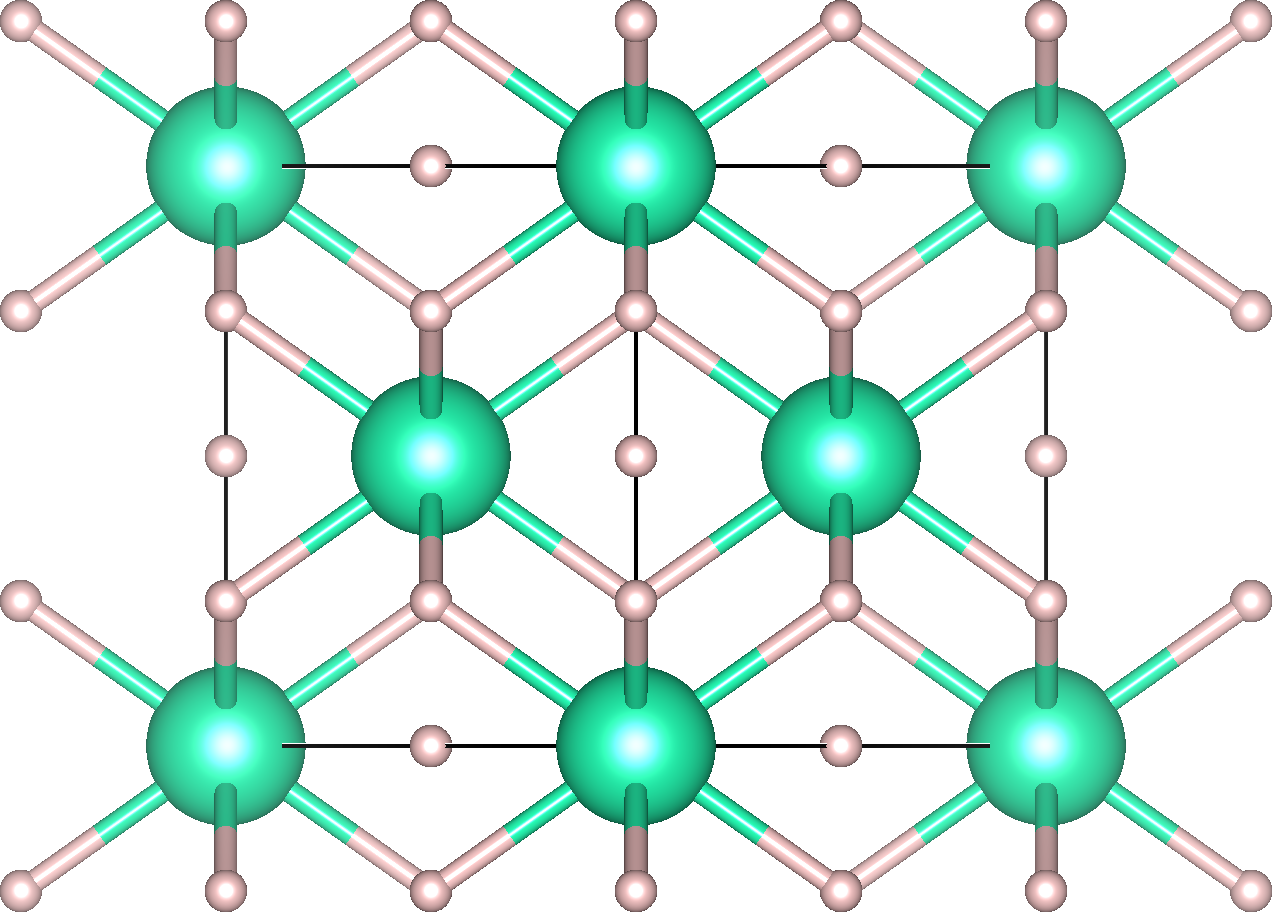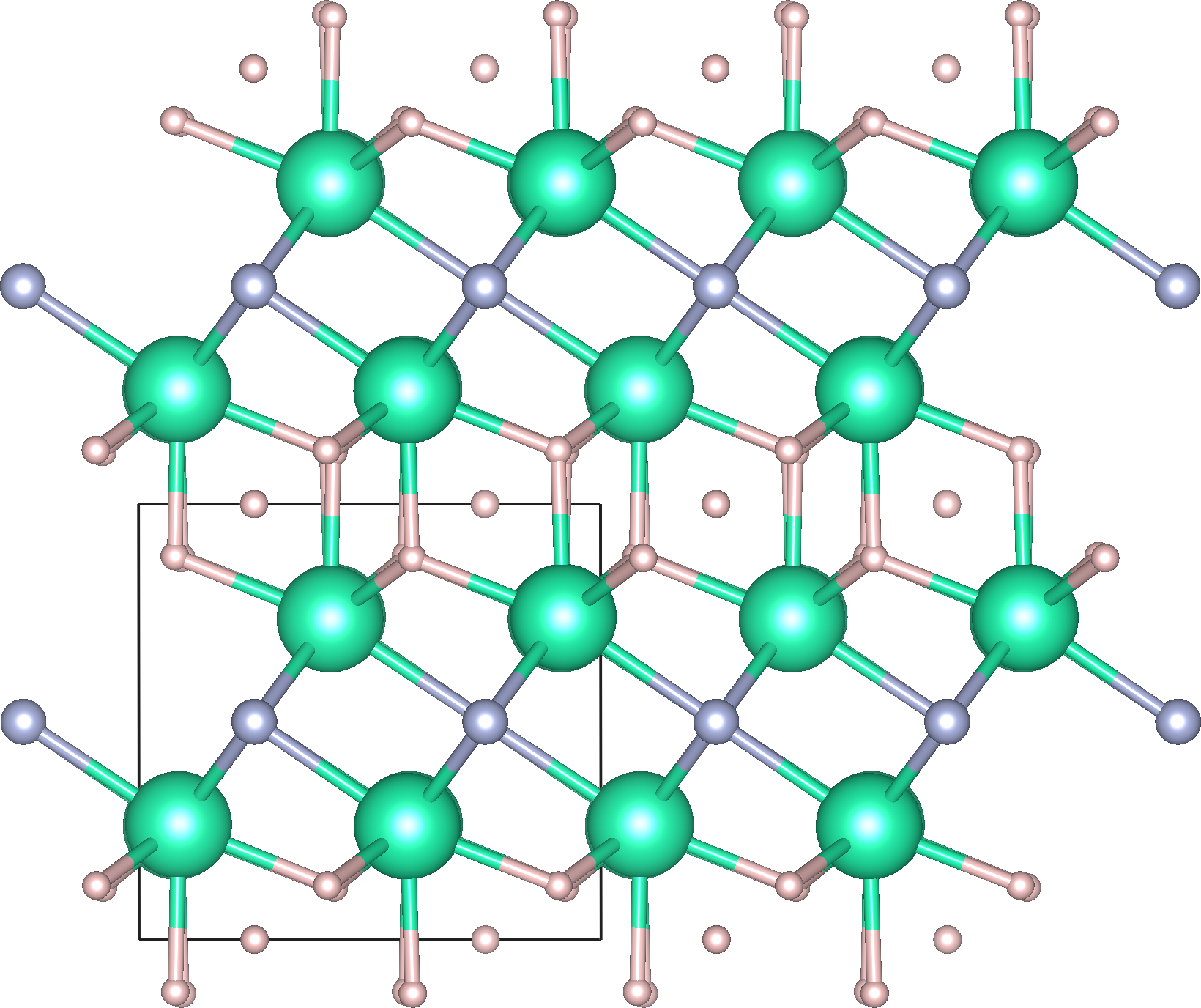Searching for Ambient-Pressure Superconductivity
Posted on Mon 04 September 2023 in Papers
Last summer, in the middle of a hot and humid Gordon Research Conference in New Hampshire, Ashkan Salamat and Ranga Dias stunned the delegates with an astonishing claim – Salamat, Dias and colleagues had measured superconductivity at (basically) room temperature and (basically) ambient pressure in Nitrogen-doped Lutetium hydride. Such a claim, if true, will be one of the all-time biggest achievements in materials science.
As theorists, we want to understand the details – if this even possible and if so, how? So, by the time we had broke for coffee, calculations were already running.
In March this year, Salamat and Dias' paper appeared in Nature and immediately the floodgates opened for the theorists.
By now, our coffee-break calculations had evolved into a larger collaboration with Christoph Heil and co-workers from Graz University of Technology and Lila Boeri and co-workers from Sapienza Università di Roma. Pedro Ferreira, a Ph.D research fellow at the University of São Paulo, led the research during a productive visit to Graz. These results have now been published in Nature Communications.
Search for Ambient Superconductivity in the Lu-N-H System
Pedro P. Ferreira, Lewis J. Conway, Alessio Cucciari, Simone Di Cataldo, Federico Giannessi, Eva Kogler, Luiz T. F. Eleno, Chris J. Pickard, Christoph Heil & Lilia Boeri
Nature Communications volume 14, Article number: 5367 (2023)
For this work, we (Chris Pickard and I) trained machine-learning potentials to do a thorough search of the ternary Lu + N + H space to see which, if any, structures are stable.
It turns out that there are some stable and metastable structures at ambient pressure. Below is an interactive ternary convex hull. Stable points are filled circles, metastable points are yellowish empty circles.
The stable and metastable structures are all combinations of LuN-Fd3m and LuH2-Fd3m and LuH3-Fd3m, stacked in a way which breaks the cubic symmetry. This means we find no stable structures which could conceivably match the experimental X-ray diffraction pattern.
| Cubic LuH3 | Cubic LuN | Non cubic Lu4N2H5 |
|---|---|---|
 |
 |
 |
Unsurprisingly, we don't see any evidence of superconductivity in any Lu-N-H structures, regardless of stability. Interestingly, Lutetium hydride (without the nitrogen) is predicted to be a high-temperature superconductor at high pressure.
At time of writing, Dias' Nature paper has the following editor's note:
Readers are alerted that the reliability of data presented in this manuscript is currently in question. Appropriate editorial action will be taken once this matter is resolved.